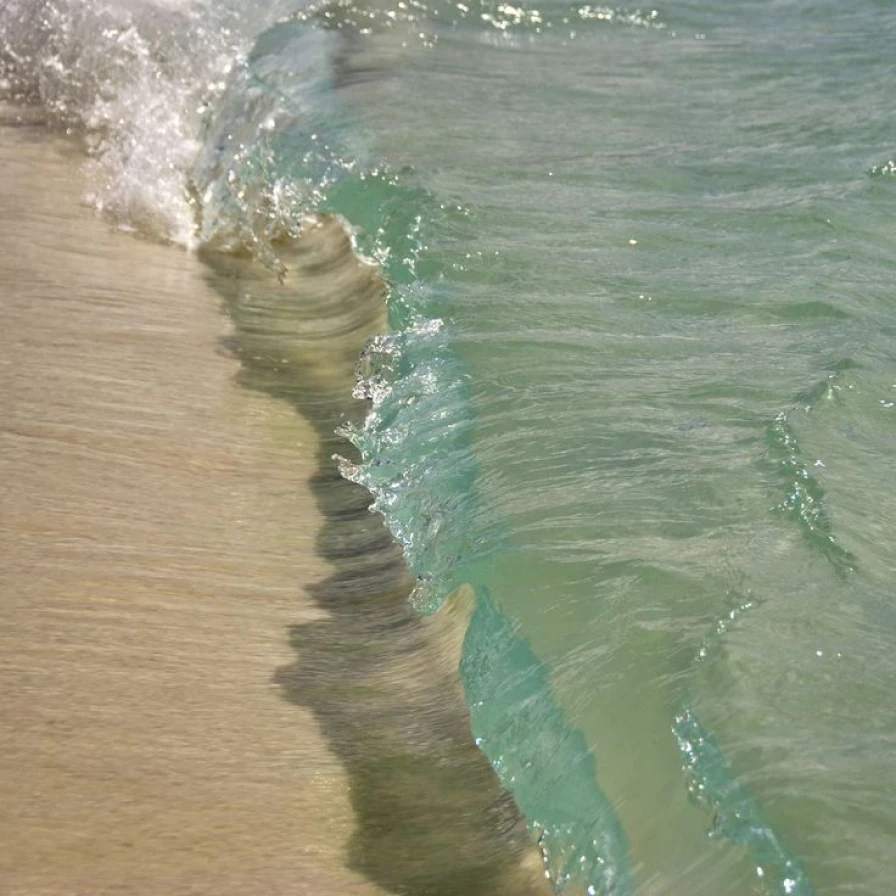Sustainability
Honoring the Sea,Crafting withCare
When you choose Mermaid Jewelry, you're not just selecting a beautiful piece of pearl jewelry; you're making a statement in support of responsible and sustainable practices in the jewelry industry. We go the extra mile to partner with suppliers who uphold the highest standards of environmental responsibility, ensuring that our pearls are sourced from farms that prioritize sustainability, reduce environmental impact, and contribute positively to their local communities. Experience the beauty of ethically sourced pearls with Mermaid Jewelry and join us in creating a brighter, more sustainable future for generations to come.

Our Promise toProtect Nature'sPrecious Giftswith Dedication


Before establishing or operating a pearl farm, we conduct thorough environmental impact assessments to understand the potential effects on local ecosystems. This helps us minimize negative impacts and protect biodiversity.
We take measures to protect natural habitats, such as mangroves and coral reefs, which are essential for the health of marine ecosystems. This may involve establishing buffer zones around farms to minimize sedimentation and pollution runoff.


